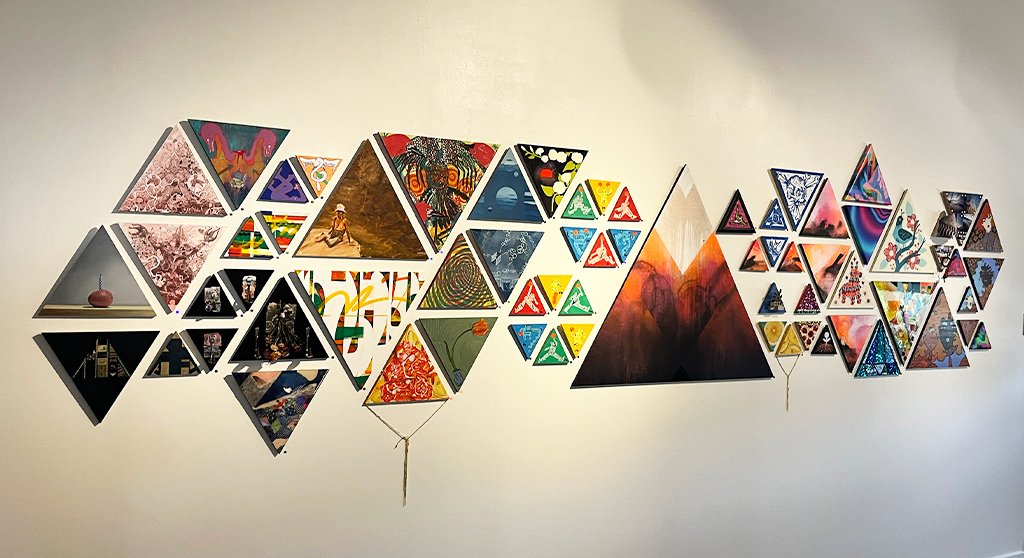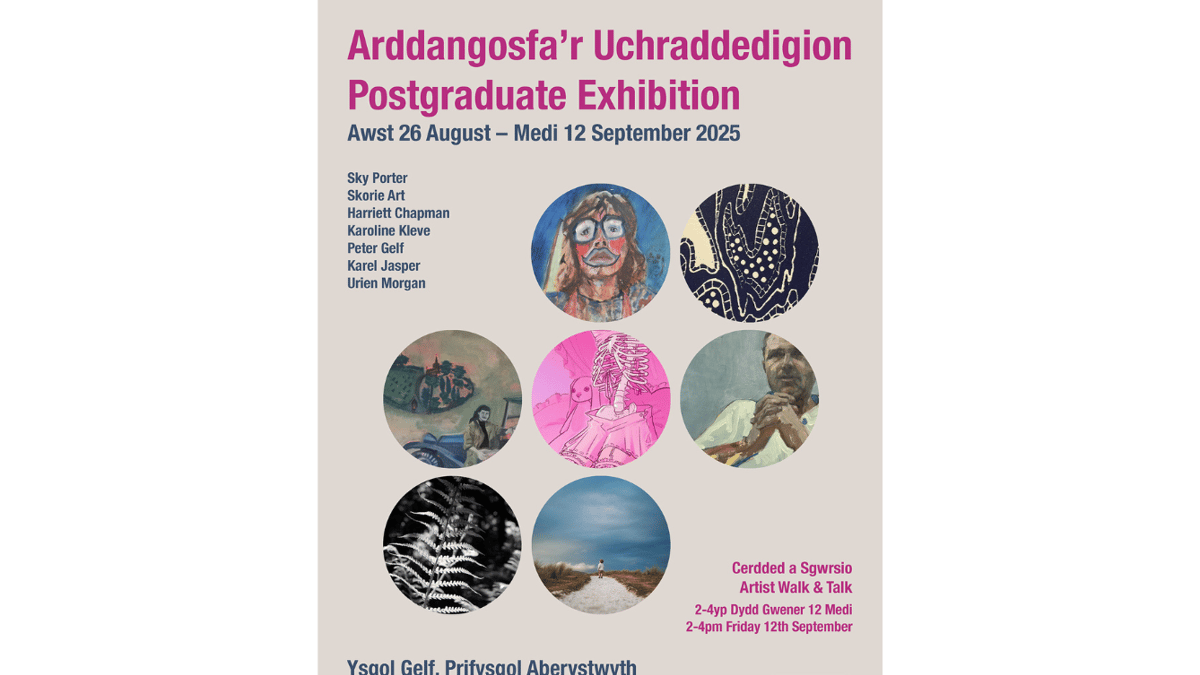Archaeology & History
The world’s earliest known example of visual storytelling is over 51,000 years old.
Painting of a wild pig in the Leang Tedongnge cave on the Indonesian island of Sulawesi. Photo: Adhi Agus Oktaviana.
Boars appeared to be a popular subject for early inhabitants of Sulawesi, since the oldest known piece of figurative cave art prior to this latest discovery was a 45,000-year-old group of wild pigs painted in with red ochre pigment in the Leang Tedongngne cave on the same island. It was also found by a team led by Oktaviana.
Non-representational carved patterns from more than 75,000 years ago have been discovered in southern Africa. Another example of prehistoric abstract drawing from the region was a fragment of rock bearing nine red strokes from around 73,000 years ago. It was found among other evidence of human settlement, including tools made of books and beads made of seashells.
Follow Artnet News on Facebook:
The oldest known example of figurative rock art has been identified in a cave on the Indonesian island of Sulawesi. Three human-like figures that appear to be interacting with a wild pig have been re-dated using new, more advanced methods and are now understood to be over 51,200 years old, some 5,000 years older than the previous oldest known example.
“Our results are very surprising: none of the famous European Ice Age art is anywhere near as old as this, with the exception of some controversial finds in Spain,” said Indonesian rock art specialist Adhi Agus Oktaviana in a news release. “Humans have probably been telling stories for much longer than 51,200 years, but as words do not fossilize, we can only go by indirect proxies like depictions of scenes in art—and the Sulawesi art is now the oldest such evidence by far that is known to archeology.”
The drawings inside the limestone cave of Leang Karampuang, in South Sulawesi, feature part-human figures, known as “therianthropes,” that appear to be hunting warty pigs and dwarf buffalo. One of the figures has his arms open wide while another is pointing a stick towards the pig’s neck.
Found in the cave Leang Karampuang on the Indonesian island of Sulawesi, the scene shows three human figures and a pig. Photo: Dominic Julian/BRIN Google Arts.
The researchers used a sophisticated new method known as “later ablation uranium-series” (LA-U-series), which analyzes tiny layers of calcium carbonate that formed on top of the art. These tests concluded that the images are at least 51,200 years old, making them the earliest known example of a manmade visual narrative.
The researchers were lead by Oktaviana of the Indonesian National Research and Innovation Agency (BRIN) in Jakarta. The LA-U-series analysis was completed with support from experts in archaeological science from Griffith University and South Cross University, both in Australia. Their methods and findings are outlined in a paper published by Nature.
“The innovative technique we’ve pioneered enables us to create detailed ‘maps’ of calcium carbonate layers,” said Professor Joannes-Boyau of South Cross University. “This capability empowers us to pinpoint and steer clear of regions affected by natural diagenesis processes, which stem from intricate growth histories. Consequently, our age determinations for rock art become more robust and dependable.”






